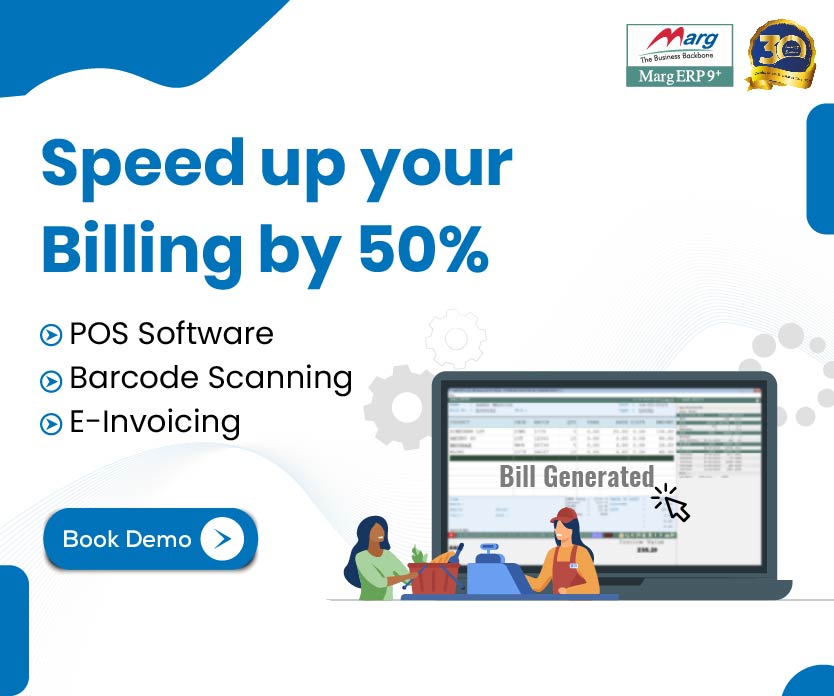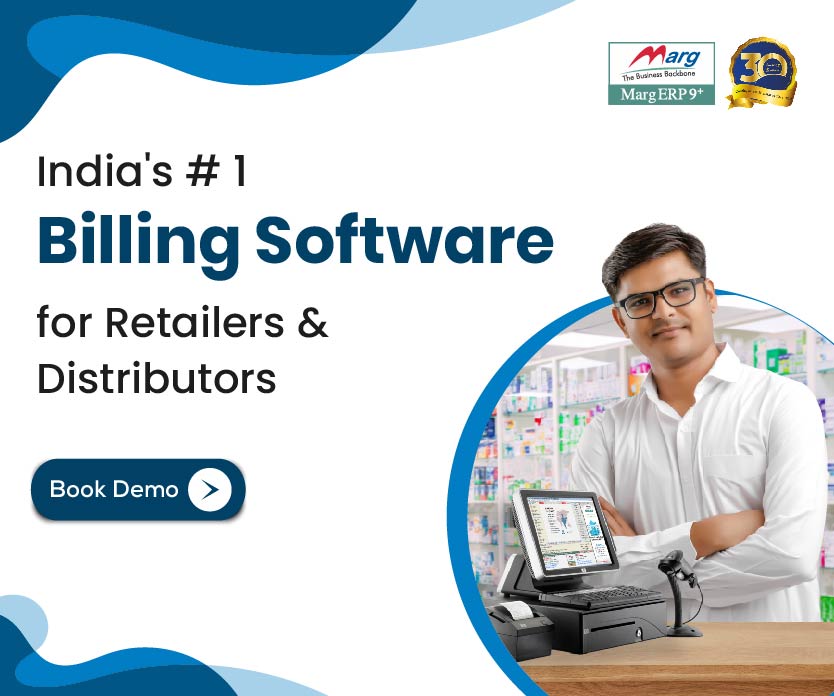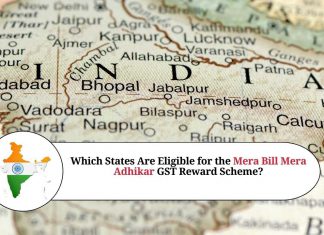Article Content:
- Why Invest in Saving Schemes?
- Introduction to Saving Schemes
- Reasons To Invest in Saving Schemes?
- Types of Saving Schemes in India
-
- Equity Linked Savings Scheme
- Fixed Deposit
- PFF
- National Savings Certificate (NSC)
- P.O. Monthly Income Saving Scheme
- Senior Citizens Savings Scheme (SCSS)
- Sukanya Samruddhi Yojana (SSY)
- Kisan Vikas Patra (KVP)
- National Pension System (NPS)
- Atal Pension Yojana (APY)
- EPF
- Pradhan Mantri Jan Dhan Yojana
- Voluntary PF
- Deposit scheme for government employees who are retiring
- Comparison of Table
Why Invest in Saving Schemes?
Many people don’t know how to manage their money and many people don’t even have enough funds for their daily living. So, managing finances often becomes stress. A lot of tax saving schemes have been launched by the Government of India. People can save a percentage of their income in these schemes for their future. The government contributes in some schemes to make the lives of people better.
The government pays the contribution of employee and employer to EPF of employees from June to August 2020 for the next three months. It is beneficial for businesses with minimum 100 employees and where 90% of employees are the ones who get salary below Rs. 15,000 per month. The non-government organizations now have to pay a reduced contribution of 10% from 12%.
Introduction to Saving Schemes
Saving schemes are aimed to help people achieve a financial goal over a specific timer period. The government of India, financial institutions, and private/public sector banks have launched these schemes. The interest rate is decided by the banks or government for such schemes and they are updated from time to time. These schemes help you save money for retirement, emergencies, children’s education, higher education, marriage, to pay off debts, and in case of job loss.
Why Invest in Saving Schemes?
Every individual of the country should invest in saving schemes for these reasons:
- Huge returns in the Long term– A lot of schemes use the concept of compound interest to calculate the rate of interest. This way, investment, in the long run, can give you great returns. For these schemes, the minimum lock-in period is 5 years and you can extend it until you turn 60 or get retired. With long-term savings, the compounding of interest will get you interest paid on interest earned and that sums up to a huge amount when it comes to maturity.
- Tax Benefits – Different saving schemes have different types of tax benefits, such as exemption, tax deductions, or even both. According to Income Tax Act Section 80C, some schemes even attract tax savings on investing up to Rs. 1.5 Lakh. Another set offers exemption on interest accrued, investment, and amount on maturity.
- Safety – It is always good to deposit a part of your hard-earned money in saving schemes. At least, you can secure some amount for your needs in future. You may not want to hold on to your liquid money.
- Retirement – Saving money in the long term in these schemes can help you in the long run to create a bulk of retirement corpus. You will be rewarded with a big corpus by starting earlier. You can use that money after retirement and enjoy comfortable living.
- No unwanted expenses – If you keep all the money on your savings account, you will never realize but it will go somewhere else. On the other side, you should invest the surplus after your major expenses in a specific saving scheme to avoid expenses on unnecessary things.
Types of Saving Schemes in India
There are different types of saving schemes available in India. The Government of India regulates many of them while SEBI and RBI back the others. In addition, a lot of schemes offer some sort of deductions/exemptions from income tax.
- Equity Linked Savings Scheme (ELSS)
The Equity Linked Savings Scheme or ELSS is a kind of mutual fund. The investments on ELSS up to Rs. 1.5 Lakh attracts tax savings under Income Tax Act Section 80C. Minimum 3 years are the compulsory lock-in period. On the redemption, the returns are taxable in terms of capital gains. The exemption of maximum Rs. 1 Lakh is allowed on the gains. If the gains exceed this limit, 10% of tax will be levied.
-
Fixed Deposit
The Post Office FD Scheme is known as the safest and stress-free investment opportunity. You can feel free to deposit your desired amount for a specific time period and it earns interest according to the rate on the date of deposit. The scheme is very flexible when it comes to frequency and tenure of payout of interest. Fixed Deposit attracts higher interest than that of savings accounts. You can also break your Fixed Deposit in case of emergency before the date of maturity or even apply for overdraft loan against the FD. You can also reinvest the interest you have earned at the maturity period. The interest is subject to TDS for payments going up to Rs. 40,000 and the interest is taxable.
-
PFF
Public Provident Funds or PPF is a long-term savings scheme backed by the government. The money you deposit on your PFF account is subject to tax deduction under Income Tax Act Section 80C. You can also save tax on interest you have earned from those savings. The PPF account can easily be opened at the post office or bank near you. The minimum lock-in period is 15 years and you can extend the same in 5-year blocks once the lock-in period is finished. You can get the returns on the basis of compound interest @ 7.1% p.a. You can invest from at least Rs. 500 up to Rs. 1.5 Lakh annually.
-
National Savings Certificate (NSC)
This is another national saving scheme backed by the government which offers guaranteed returns with the option of tax saving. You can invest in the post office near you in the NSC scheme. Five years are the minimum lock-in period for this scheme. The interest rate of the scheme is reviewed by the government once in a quarter and makes decisions on it. The rate of interest remains unchanged during the tenure after getting the certificate. One can claim the tax deductions on investments < Rs. 1.5 lakh as per Section 80C.
Currently, the applicable NSC rate of interest is 6.8% per annum. The interest will be paid only on maturity and compounded annually. The accrued interest is taxable on maturity and it should be added to the total income. The interest compounded and reinvested is subject to eligibility for tax deduction.
-
P.O. Monthly Income Saving Scheme
Like a common savings account, this post office deposit scheme allows investment from Rs. 1500 to Rs. 4.5 Lakh. The account holder can get fixed income per month as interest with the same post office credited to the savings account. Currently, the rate of interest is 6.6%. This post office scheme is open for resident Indians only. If you have a joint account, 2 to 3 people can invest up to Rs. 9 Lakh according to this post office time deposit scheme. The interest earned and investments are not eligible for any exemption or tax deduction.
-
Senior Citizens Savings Scheme (SCSS)
The senior citizen savings scheme or SCSS scheme is provided to senior citizens to park their funds for retirement. People from 55 to 60 years who are retired early can also get this scheme in one month from receiving the benefits. Only one deposit is allowed for the Senior Citizens Savings Scheme. People can invest from Rs. 1000 to Rs. 15 Lakh. This scheme has a tenure of 5 years and it can be extended well for the next three years. The interest rate under this scheme is 7.4% p.a. The interest is credited in a savings account quarterly with the same post office. The investment gets tax deduction for around Rs. 1.5 lakh as per Section 80C. However, the annual interest earned is taxable.
-
Sukanya Samruddhi Yojana (SSY)
The Sukanya Samriddhi Yojana or SSY scheme was introduced by PM Modi to secure the future of the girl child. Sukanya Samriddhi scheme is backed by the government and can be opened by a girl’s parents when she is below 10 years. Parents have to contribute for up to 15 years. People can get deduction of tax up to around Rs. 1.5 Lakh annually as per Section 80C. For each household, at least two of these accounts for each girl child.
When there are two or more girl children in a house, the benefits of this account are not provided to the rest of other girls. People can invest at least Rs. 250 up to Rs. 1.5 lakh per annum. Currently, the ROI is 7.6% per annum. This account is opened for up to 21 years from the date of opening the account or until the marriage of a girl child after 18 years. After 18 years, she can withdraw a partial amount of up to 50% for higher expenses.
-
Kisan Vikas Patra (KVP)
Kisan Vikas Patra is a small savings fixed-rate scheme available at all post offices. The tenure of this scheme is 113 months at 6.9%. By the end of tenure, your money is doubled after 9 years and 5 months. This scheme is introduced to encourage investments in the long term and is best for risk-averse investors who have ample amounts of money. There is no upper limit and you can invest a minimum of Rs. 1000. You can rest assured with guaranteed returns on investment and it has the option to encash prematurely after 2.5 years. There is a chance of changes in the period of maturity on the basis of variation of interest rate.
-
National Pension System (NPS)
It is a Central government’s initiative which is helpful to make a reliable income source post-retirement. This scheme is open for private and central government employees in organized and unorganized industries. For Indian citizens, this scheme is available from 18 to 60 years. The employee contributes a part of his monthly salary in this scheme and the same amount is contributed from the employer company (whether private or government).
For government employees, 14% is contributed and 10% for other employees. NPS serves the same way to other long-term pension plans in case of other salaried employees. The contribution of employees and employers is subject to tax deduction up to Rs. 15 lakh under Section 80C. People can also contribute further and claim more deduction of Rs. 50,000. The account holders may withdraw around 60% of tax-free corpus on retirement. The rest of 40% is used for an annuity plan to get pension after retirement.
-
Atal Pension Yojana (APY)
Named after former PM, Mr. Atal Bihari Vajpayee, the APY scheme is focused on the welfare of the poor section of society, especially those who come from unorganized sectors and it has a low amount of premium. People from 18 to 40 years can apply for this plan. They have to pay a premium up to 20 years. You need to target an amount of pension you want to get per month to know the monthly contribution you can make. It is also up to the age to start the contribution.
You can make at least Rs. 1000 per month up to Rs. 5000 per month until you turn 60 years old. The government also contributes 50% of your contribution per year or Rs. 1000 p.a. whichever is lower. The government will make co-contribution for 5 years if you have got this scheme from June 1 2015 to December 31, 2015 for this benefit. If you don’t have any other schemes and you don’t pay income tax, you can get a government contribution.
-
EPF
Employee Provident Fund is a savings scheme under EPFO rules. An employee and employer who is covered under EPF have to contribute to the PF account in the employee’s name. It offers long-term retirement plans for people under the working class. The account can be transferred from employer to employer. One can maintain the account until retirement. The contribution of employee and employer is 12% of monthly salary in the PF account. The rate of interest is 8.5% per annum for FY 2019-20. You can also rest assured with financial security in emergencies.
-
Pradhan Mantri Jan Dhan Yojana
This savings scheme is tailored for citizens under the poverty line. The account holders can use this scheme for reinvestment purposes. For this class of people, the scheme is convenient as no minimum balance is required for their accounts. They will get extra accidental cover worth Rs. 1 Lakh with Rs. 30,000 worth of life insurance cover on the death. This is a user-friendly scheme provided by the government with mobile banking. Account holders can also get interests on deposits. The overdraft facility is provided to the account holders of around Rs. 5000 for each household in one account.
-
Voluntary PF
This scheme is dedicated to salaried employees with added contribution of around 100% of their salary as well as DA above 12% on the EPF. Around 8.5% of interest rate is accrued on the funds accumulated. There is no employer’s contribution in this scheme.
-
Deposit scheme for government employees who are retiring
Retiring government employees can opt for this saving scheme. You should open an account with the post office or bank in 3 months from receiving retirement benefits. You can pay out the interest on a half-annual basis. After one year, you can withdraw funds from your account. You can withdraw at least once in a year and it should be in multiples of 1000. From the date when you deposit the funds, the rate of interest is 7% p.a.
Comparison Table
| Scheme | Duration | Rate of Interest* | Amount Contributable | Taxability of the Returns |
| ELSS | 3 years | Minimum: Rs.100 per annum Maximum: No limit |
Long-term capital gains taxed at 10% + dividends from ELSS is taxed at 10% | |
| FD | 7 days to 10 years; as per your convenience | 3.5% p.a.to 6.8% p.a. | Minimum: Rs.500 Maximum: No limit |
Interest is taxed as per the income slab rates; TDS of 10% above Rs.40,000 |
| PPF | 15 years | 7.1% p.a. | Minimum: Rs.500 per annum Maximum: Rs.1.5 lakh |
Interest income is tax-exempt |
| NSC | 5 years | 6.8% p.a. | Minimum: Rs.100 per annum Maximum: No limit |
Interest is taxed as per the slab rates |
| Post Office Monthly Income Scheme | 5 years | 6.6% | Minimum: Rs.1,500 per annum Maximum: Rs.4.5 lakh |
Interest is taxed as per the slab rates |
| Senior Citizens Savings Scheme | 5 years | 7.4% p.a. | Minimum: Rs.1,000 Maximum: Rs.15 lakh |
Interest is taxed as per the slab rates. Entitled to deduction up to Rs.50,000. |
| Kisan Vikas Patra | 124 months (10 years and 4 months) | 6.9% p.a. | Minimum: Rs.1,000
Maximum: No limit |
Returns are fully taxable |
| SSY | Until the girl child turns 21 years or she gets married after 18 years of age Contribution Period: 15 years |
7.6% p.a. | Minimum: Rs.250 per annum Maximum: Rs.1.5 lakh |
Interest earned is tax-exempt |
| Atal Pension Yojana (APY): | 20 years | N/A | Minimum Monthly Pension: Rs.1,000 Maximum Monthly Pension: Rs.5,000 |
Not taxable |
| NPS | Until the age of 60 years | 5% p.a.to 8% p.a. | Minimum: Rs.1,000 per annum Maximum: No limit |
Upon retirement, 60% of the corpus is tax-free. Annuity pension received on balance 40% is taxed at slab rates. |
| EPF | 5 years | 8.5% p.a. | 12% of the basic salary | Not taxable after the completion of the lock-in period |
| VPF | 5 years | 8.5% p.a. | Anything above the 12% EPF contribution up to 100% of the basic salary | Not taxable after the completion of the lock-in period |
| Pradhan Mantri Jan Dhan Yojana | N/A | 4% | No limit | Not taxable |
| Deposit Scheme for Retiring Government Employees | N/A | 9% p.a. | Minimum: Rs.1,000 Maximum: Not exceeding total retirement benefits |
Not taxable |










































Looking for a link exchange. Have a sites of 25+ DA. Inbox me sites
Niche: Health, Home Improvement